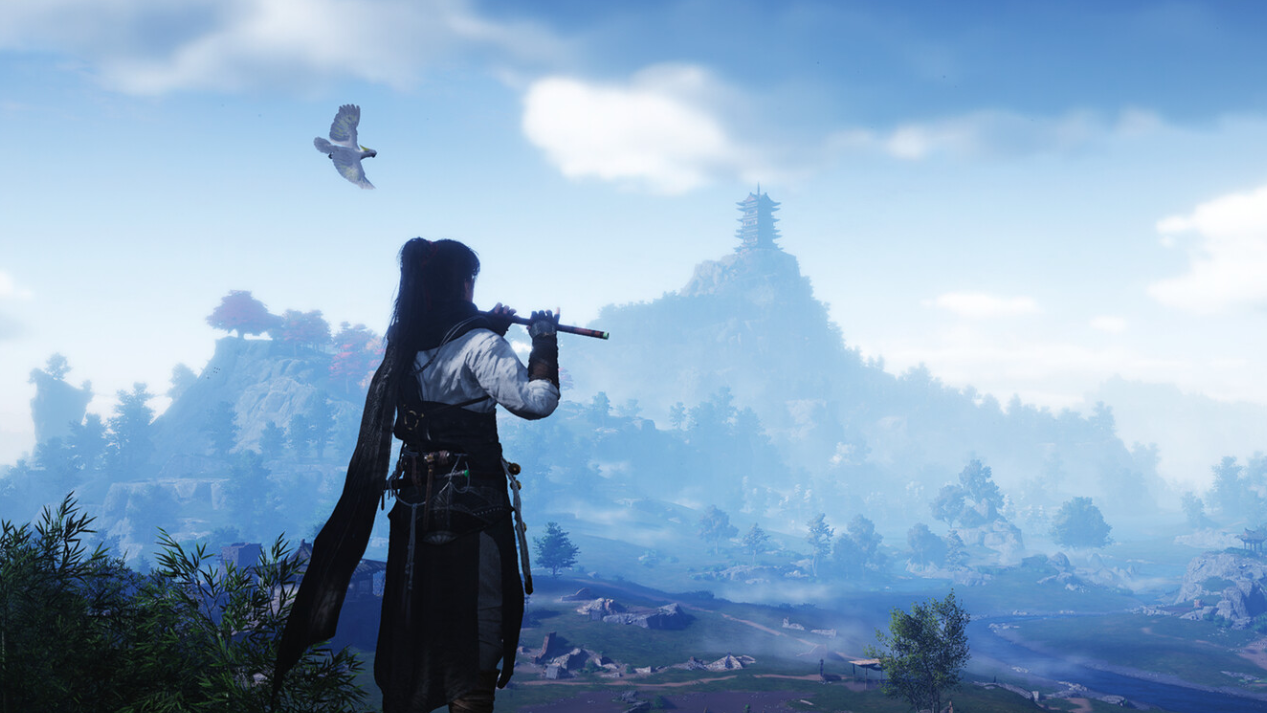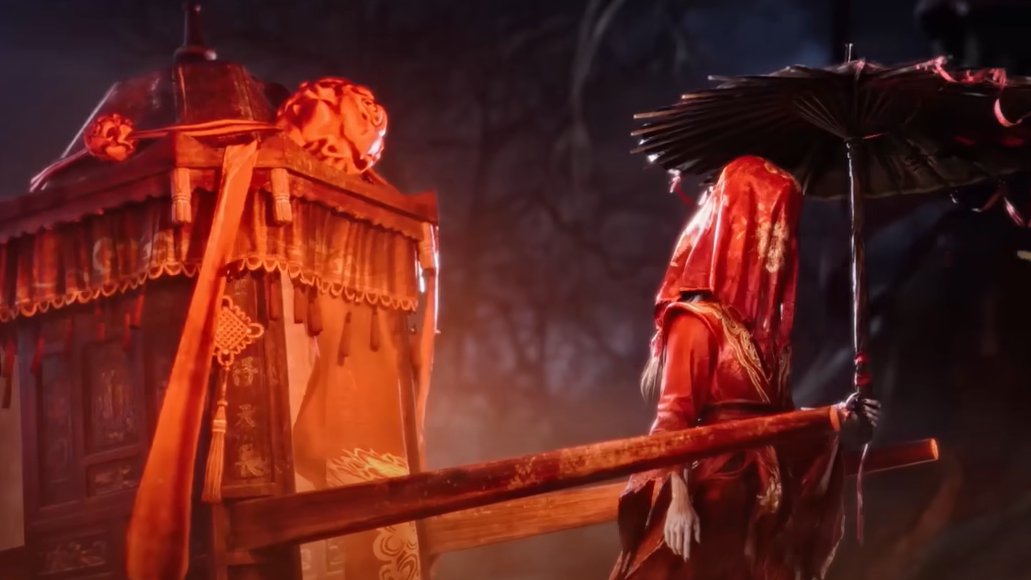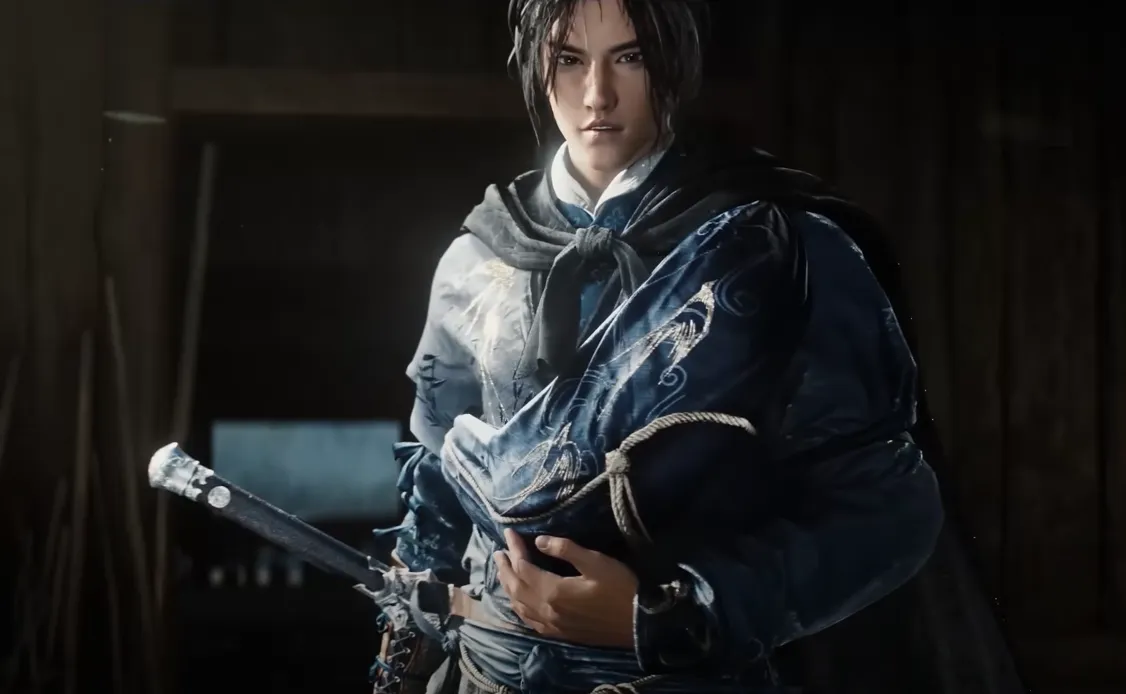Old gear in Where Winds Meet is not just vendor trash. Once late‑game systems unlock, unused equipment feeds into long‑term account power through the Armory‑style Arsenal and Mastery paths, while the gear you keep is tuned and recycled into high‑value set bonuses.
Gear, Armor, and Sets in Where Winds Meet
Gear in Where Winds Meet is an umbrella term for three categories:
| Category | Slots | Main role |
|---|---|---|
| Armor | Head, Chest, Leg, Arm | Max HP, Physical Defense, defensive set bonuses |
| Weapons | Primary, Secondary, Ranged (Bow) | Damage, martial art move sets, offensive set bonuses |
| Accessories | Pendants, Discs, Rings | Attack ranges, bow power, extra offensive stats or passives |
Almost every armor piece belongs to a four‑piece set. Equipping two or four matching pieces unlocks extra effects: flat defense or HP on the 2‑piece bonus, and a more complex defensive trigger on the 4‑piece bonus. Offensive sets follow the same pattern for weapons plus their linked Pendant and Disc, while Rings are dedicated to bows and do not contribute to set bonuses.
Late‑game builds are built around two simultaneous four‑piece sets: one defensive armor set (Formbend, Eaglerise, Moonflare, and so on) and one offensive set woven through weapons and accessories (Jadeware, Hawkwing, Ivorybloom, etc.). That dual‑set structure is what makes an “Armory” worth caring about: it turns your collection of old drops into permanent passive power and future options.
What the Armory / Arsenal actually does
Where Winds Meet uses two overlapping systems for long‑term gear value once you stop actively wearing a piece:
- Arsenal storage and Mastery for old gear types.
- Slot enhancement and tuning for the items you still equip.
The Arsenal works as a gear library. When a piece is no longer part of your main set, it can be stored there instead of being dismantled. Depositing it contributes to Mastery for that weapon or armor path:
- General – increases overall Physical Attack.
- Bellstrike – strengthens DPS‑oriented paths.
- Stonesplit – boosts tank‑style paths focused on soaking damage.
Those Mastery bonuses apply regardless of the specific piece you have equipped, so a collection of discarded Jadeware or Formbend pieces still translates into more attack on a Bellstrike build or more durability on a Stonesplit tank. Over time, the Arsenal becomes a second layer of progression, sitting on top of the raw item level.
Players on the Chinese client report that the dedicated Armory/Arsenal feature unlocks somewhere in the level 40–50 range. Before that point, old gear is mostly used as tuning fodder or temporary set fillers.

How slot enhancement changes the value of old gear
Where Winds Meet separates the power of a gear slot from the individual item in that slot:
- Slot Enhancement permanently upgrades the slot itself.
- Tuning upgrades the specific piece currently in that slot.
Slot Enhancement matters because it makes replacing obsolete pieces painless: once you have leveled the Chest slot, for example, every new chest armor immediately benefits from those upgrades. There is no need to “re‑enhance” a new drop from scratch.
However, each slot’s enhancement level is capped by the level of the item in it. To keep raising enhancement, you actually need to equip higher‑tier gear regularly. That creates a clean loop for old pieces:
| Stage | What you do | What happens to old gear |
|---|---|---|
| Level up & loot | Equip higher‑tier armor and weapons to lift slot caps. | Previous items are unequipped. |
| Enhance slots | Spend materials to level Head/Chest/Leg/Arm and weapon slots. | Old pieces stay in inventory, Arsenal, or become fodder. |
| Tune gear | Reroll or add substats on selected high‑rarity items. | Some old items are consumed to improve tuning outcomes. |
In early and mid‑game, that tuning fodder role is the most practical use for redundant drops. Instead of hoarding every outdated chest piece “just in case,” you use low‑tier armor as a resource to push better armor toward ideal substats.
Armor stats, substats, and tuning fodder
Every armor piece increases two basics:
- Max Health
- Physical Defense
Higher tiers and Mastery levels raise those numbers, and from Tier 31 onward, armor starts to roll random substats such as extra Momentum, more Attack, or additional Physical Defense and HP. Those secondary stats expand at fixed thresholds:
| Armor tier | Unlocked substat slots |
|---|---|
| 31 | 1st substat |
| 41 | 2nd substat |
| 51 | 3rd substat |
| 56 | 4th substat |
Past Tier 41, you can tune armor to reroll or add substats. Tuning has two important constraints:
- It uses valuable materials and has limited reroll attempts.
- It can consume unwanted gear to improve the chance of rolling higher‑rarity substats.
Some pieces drop with a “tuning material” indicator: a purple stone icon guarantees that when used as fodder, they will at least contribute a purple‑quality substat; a gold icon guarantees a gold substat. Those items are not worth wearing but are excellent candidates to stash specifically for tuning sessions on your best armor.
That tuning economy is another reason to avoid mindless recycling. Even if you never plan to wear a certain Formbend greave, the icon might tell you it is premium fodder for a future Whirlsnow bracer reroll.
Defensive armor sets and why they’re worth completing
Armor sets define how a character survives hard content. Each defensive set maps cleanly to one of the traditional combat roles: frontline tank, evasive bruiser, or sustain support. Four‑piece bonuses are almost always stronger than any random extra HP substat.
| Defensive set | 2‑piece bonus | 4‑piece behavior |
|---|---|---|
| Formbend | +Physical Defense | Longer shield duration; 20% damage reduction with high Qi or an active Qi shield. |
| Calmwaters | +Physical Defense | Perfect Dodge has a 50% chance to restore 3% Max HP and 10 Endurance. |
| Eaglerise | +Physical Defense | Stacks damage reduction from damage‑over‑time or healing; at 5 stacks, heavily mitigates the next big hit. |
| Moonflare | +Max HP | Chance to generate an HP shield when attacking while defending; stronger if a shield already exists. |
| Agile Steps | +Max HP | Successful deflection reduces damage taken for a short window, stacking up to three times. |
| Flawless Defense | +Physical Defense | Flat 5% damage reduction, plus more reduction as HP drops, up to a fixed cap. |
| Beyond the Chill | +Max HP | After 10 seconds in combat without taking damage, briefly gains 40% damage reduction. |
| Whirlsnow | +Physical Defense | When you take a huge hit or drop low, the next heal within 5 seconds restores a large chunk of Max HP. |
Those triggers make defensive sets feel more like mini‑abilities than static stats. A Stonesplit tank wielding Thundercry Blade, for example, gets far more mileage pairing its Predator's Shield with Moonflare or Formbend than with random HP rolls. A Bellstrike DPS leaning on perfect dodges might favor Calmwaters, while heal‑centric support builds benefit disproportionately from Eaglerise and Whirlsnow safety nets.
That design is why a late‑game Armory matters: stashing extra pieces lets you complete and swap between multiple defensive sets without re‑farming entire armor lines every time you want to switch from tanking Divinecraft dungeons to playing support in guild raids.
Offensive sets, paths, and weapon synergy
Offensive sets are built around weapons and their paired Pendants and Discs. They lean into three broad play patterns that mirror the Mastery paths in the Arsenal:
- General – straightforward Physical Attack scaling, good for flexible builds.
- Bellstrike – high DPS paths like Nameless Sword, Nameless Spear, Infernal Twinblades, Mortal Rope Dart.
- Stonesplit – tank‑leaning paths like Thundercry Blade and Stormbreaker Spear.
Some of the most referenced synergies line up specific set pairs with weapon pairs:
| Weapons | Recommended sets | Play pattern |
|---|---|---|
| Nameless Sword + Nameless Spear | Jadeware (offense) + Formbend (defense) | Affinity damage stacked with extended chi shields and damage reduction. |
| Strategic Sword + Heavenquaker Spear | Hawkwing + Eaglerise | Bleed‑driven DPS with stacking damage and periodic near‑immunity to big hits. |
| Thundercry Blade + Stormbreaker Spear | Rainwhisper + Moonflare | HP‑and‑shield tanking with amplified crit damage and healing while shielded. |
| Inkwell Fan + Vernal Umbrella | Veil of the Willow + Beyond the Chill | Ranged combo strings that fuel short bursts of high damage and conditional mitigation. |
| Infernal Twinblades + Mortal Rope Dart | Shallowcall + Calmwaters | Execute‑style light attacks on low‑Qi targets with sustain tied to perfect dodges. |
| Panacea Fan + Soulshade Umbrella | Ivorybloom + Whirlsnow | Healing crit builds with emergency HP spikes for dungeon and raid support. |
All of those combinations lean on the same logic: let weapon choices define how damage is dealt, then select sets that amplify that pattern while covering its defensive holes. Again, the Armory’s job is to preserve access to those set options even after you have upgraded individual items out of your main loadout.

What to do with old gear at each stage of play
Because the full Armory/Arsenal system comes online relatively late, how you treat old equipment changes over time.
| Stage | Keep | Convert or recycle |
|---|---|---|
| Early game (below ~Tier 31) | Any piece that completes a 2‑ or 4‑piece set you are actively using. | Low‑tier duplicates with no set value; recycle for basic materials. |
| Mid game (Tier 31–50) | Set pieces from high‑value sets (Formbend, Eaglerise, Moonflare, Flawless Defense, etc.); items with tuning‑material icons. | Random non‑set armor with poor rolls; excess low‑rarity weapons. |
| Armory unlocked (roughly level 40–50+) | At least one copy of each set piece for Arsenal/Mastery collection; spare pieces with great substats for alternate builds. | Extra duplicates beyond what you need for Mastery and tuning fodder. |
Until the dedicated Armory screen is available, err on the side of keeping:
- Any armor that completes or improves a defensive 4‑piece set you might realistically use.
- Any weapon or accessory that is part of a known offensive set tied to your preferred martial arts.
- Any item flagged as tuning material fodder (purple or gold stone icons).
Once Arsenal and path Mastery are accessible in your menus, prioritize depositing old set pieces there before dismantling them. That way, even if you later tune or recycle the physical item, the Mastery contribution and any set collection effect remain in your account‑level progression.
The gear system in Where Winds Meet is built to reward long‑term planning. Early on, old armor is mainly a stepping stone to higher tiers and a source of tuning fodder. Deeper into the game, those forgotten pieces become permanent stat bumps through the Arsenal and unlock the flexibility to swap between full defensive and offensive sets without starting from zero. Treat the Armory as a library, not a landfill, and your character will feel stronger every time you retire a piece instead of just watching it vanish into generic crafting dust.


